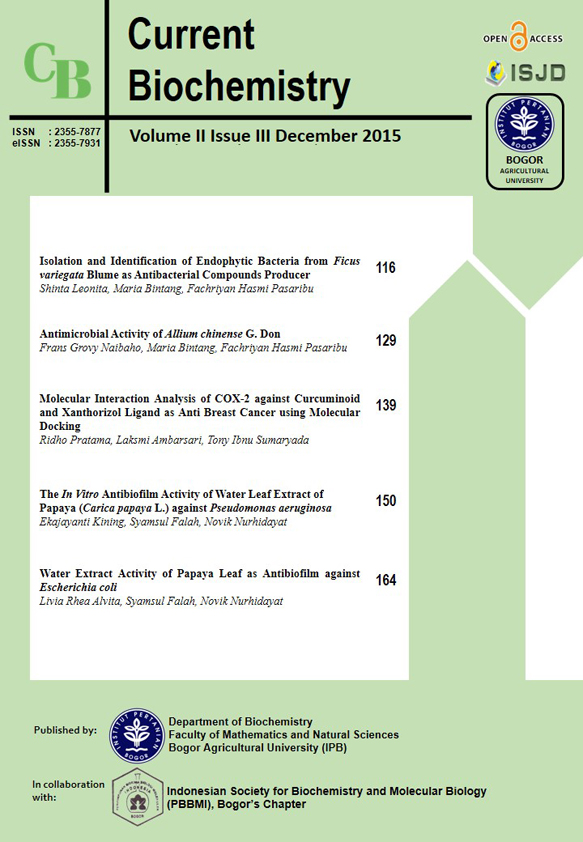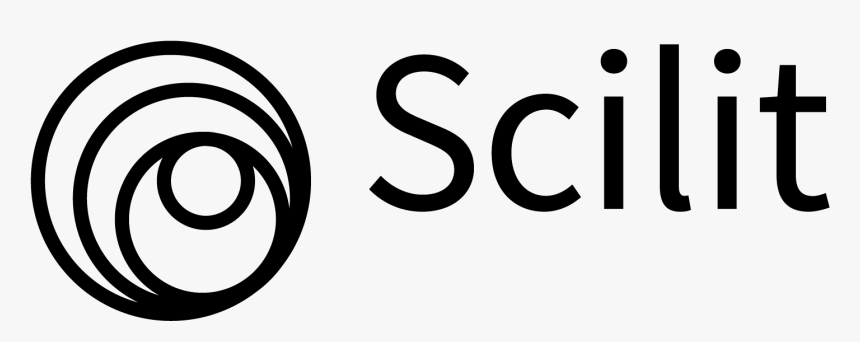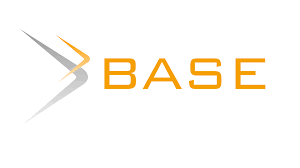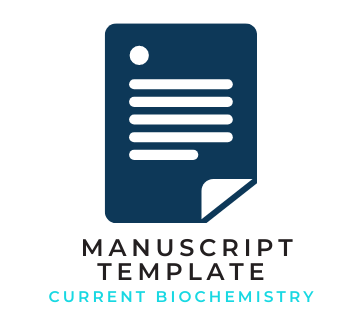Molecular Interaction Analysis of COX-2 against Curcuminoid and Xanthorizol Ligand as Anti Breast Cancer using Molecular Docking
Abstract
Breast cancer is one of the most common cancer in the world that occurs in women. Thedevelopment process of cancer is regulated by a variety of pathways that involve various enzymes. COX-2 is an enzyme involved in the inflammatory process in further stages that will play importantroles in breast cancer cells progression. The uses of natural compound from plants give new hope forbreast cancer treatment with minimal side effects. Temulawak is a potential breast cancer drugs because it contains curcuminoid and xanthorizol. Curcumin and xanthorizol has been reported to have chemopreventive effect on colon cancer development. The drug that has same functions of these compounds needed to be examined with various approaches. One of the approach used in this research is molecular docking. Based on ligand analysis with Lipinski and toxicity test using ADMET, curcuminoid and xanthorizol met criteria as medicinal compounds. Curcumin had the highest binding affinity(?G) with the value -9.3 kcal/mol but still under commercial drug celecoxib binding affinity (?G) = -12,5. There were three hydrogen bonds in amino acid Arg106 and Tyr341 His75 which were amino acids in the active side of COX-2. There were 15 amino acids that have similar ties with commercial drug celecoxib. Based on the binding affinity and binding similiarity, curcuminoid and xanthorizol were predicted as compounds that have potential as competitive inhibitor of COX-2 enzyme.
References
Aggarwal BB and Harikumar KB. 2009. Potential Therapeutic Effects of Curcumin, the Antiinflammatory Agent, Against Neurodegenerative, Cardiovascular, Pulmonary, Metabolic, Autoimmune and Neoplastic Diseases. Int J Biochem Cell Biol. 41(1): 40–59. DOI: 10.1016/j.biocel.2008.06.010
Bhala N, Emberson J, Merhi A, Abramson S, Arber N, Baron JA, Bombardier C, Cannon C, Farkouh ME, FitzGerald GA et al. 2013. “Vascular and upper gastrointestinal effects of non-steroidal anti-inflammatory drugs: meta-analyses of individual participant data from randomised trials”. Lancet 382 (9894): 769–79.DOI: http://dx.doi.org/10.1016/S0140-6736(13)60900-9.
Cheah YH, Nordin FJ, Tee TT, Azimahtol HL, Abdullah NR, Ismail Z. 2008. Antiproliferative property and apoptotic effect of Xanthorrhizol on MDA-MB-231 breast cancer cells. Anticancer Res. 28(6A):3677-89.
Darma AP. 1980. Tanaman Obat Tradisional Indoneis. Jakarta: Balai Pustaka.
Dinas Kesehatan Nasional. 2007. Data penderita kanker payudara di Indonesia. Diakses pada tanggal 9 Mei 2014 dari [http://www.depkes.go.id/index.php/berita/press-release/1060jikatidak-dikendalikan-26-juta-orang-di-dunia-menderita-kanker-.html].(9 Mei 2014).
DiPiro, Joseph T, Robert L. Talbert, Gary C Y, Gary R. Matzke, Barbara G. Wells, and L. Posey M. 2008. Pharmacotherapy apathophysiologic approach (Pharmacotherapy (Dipiro)). New York: McGraw-Hill Medical
Xu D and Yang Zhang. Improving the physical realism and structural accuracy of protein models by a two-step atomic-level energy minimization. BiophysicalJournal. vol 101, 25252534 (2011).DOI: 10.1016/j.bpj.2011.10.02
Faisel CT. 2012. Gambaran efek samping kemoterapi berbasis antrasiklin pada pasien kanker payudara di RSUD dokter Soedarso pontianak. Fakultas kedokteran Universitas Tanjung pura Pontianak.
Golovin A, Dimitropoulos D, Oldfield T, Rachedi A, Henrick K. 2005. MSDsite: a database search and retrieval system for the analysis and viewing of bound ligands and active sites. Proteins 58(1);190-9.
Gupta SC, Prasad S, Kim JH, Patchva S, Webb LJ, Priyadarsini IK, Aggarwal BB. 2011. Multitargeting by curcumin as revealed by molecular interaction studie. Nat Prod Rep. Nov; 28(12): 1937–1955.
Hubbard RE, Haider MK. 2010. Hydrogen Bonds in Proteins: Role and Strength University of UK, University of York, York, UK. DOI:10.1002/9780470015902.a0003011.pub2
Kim AJ, Kim YO, Shim JS, Hwang JK. 2007. Immunostimulating activity of crude polysaccharide extract isolated from Curcuma xanthorrhiza Roxb. Biosci Biotechnol Biochem. Jun;71(6):1428-38.
Lipinski CA. Lombardo F. Dominy BW, Feeney PJ. 1996. Experimental and computational approaches to estimate solubility and permeability in drug discovery and development settings. Adv. Drug Deliv. Rev.23,3–25.
Lovell SC, Davis IW, Arendall WB, Bakker PIW, Word JM, Prisant MG, Richardson JS, Richardson DC. 2002. Structure validation by Calpha geometry: phi,psi and Cbeta deviation. Proteins: Structure, Function & Genetics. 50: 437-450.
Morris GM, Lim WM. 2008. Molecular docking. Department of Molecular Biology. Methods Mol Biol. The Scripps Research Institute La Jolla CA USA. 443:365-82. DOI: 10.1007/978-1-59745-177-2_19
Patil R, Das S, Stanley A, Yadav L, Sudhakar A, Varma AK. 2010. Optimized Hydrophobic Interactions and Hydrogen Bonding at the Target-Ligand Interface Leads the Pathways of Drug-Designing.PLoS ONE 5(8): e12029. doi: 10.1371/journal.pone.0012029.
Rita DB, Jürgen V, Koen KV, Patrick L, Bart DV, Catharina VE, Marinus J B, Kristien K, Torik A, Hubert JMS et al. 2013. A randomised controlled phase II trial of preoperative Selekoksib treatment reveals anti-tumour transcriptional response in primary breast cancer. Breast Cancer Research. DOI:10.1186/bcr3409
Russom C.L., C.R. Williams, T.W. Stewart, A.E. Swank, and A.M. Richard. 2008. DSSTox EPA Fathead Minnow Acute Toxicity Database (EPAFHM): SDF Files and Documentation, Updated version: PAFHM_v4b_617_15Feb2008,www.epa.gov/ncct/dsstox/sdf_epafhm.html.
Soslow RA, Dannenberg AJ, Rush D, Woerner BM, Khan KN, Masferrer J, Koki AT. 2000. COX-2 is expressed in human pulmonary, colonic, and mammary tumors. Cancer. 89:26372645. DOI: 10.1002/1097-0142(20001215)8 9:12<2637::AID-CNCR17>3.0.CO;2-B.
Wang, Longchuan Bai, Jianfeng Lu, Liu Liu, and Chao-Yie Yang. 2012. Targeting inhibitors of apoptosis proteins (iaps) for new breast. J Mammary Gland Biol Neoplasia. 17(3-4): 217–228.doi: 10.1007/s10911-012-9265-1.
WHO. 2013. Breast cancer: Prevention and control. [Internet]. [diunduh 9 Mei 2014]. tersedia pada:http://www.who.int/cancer/detection/breastcancer/en/index1.html.













